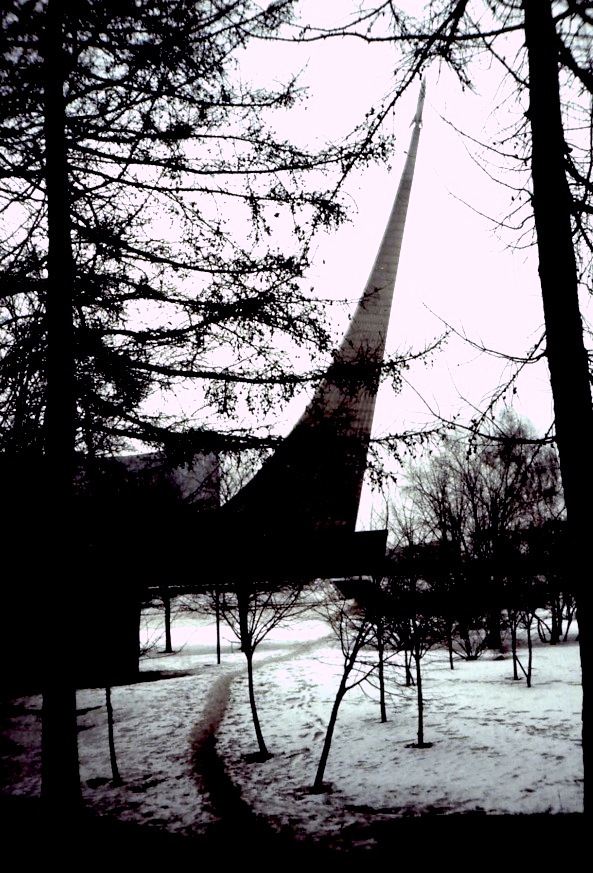
Origins of Space Flight
Stories of travels to other worlds are found in folklore and ancient legends long before anyone could have known that other worlds might really exist. The belief that there were other worlds to which we could travel goes back to shamanism and the shamanic universe. In each of the special directions of time and space and also in association with the heavenly bodies, their movement across the sky, and with the Earth itself, were other worlds inhabited by strange beings with special powers.
The shaman was believed to be able to travel to these other worlds when in a trance, to solicit, battle with, or trick, the beings he or she encountered into granting favours. Most science fiction is about travel to other worlds and communication with strange beings possessed of supernatural or superhuman powers. The genre derives directly from these ancient tales of shamans and heroes. SF stories about voyages to the Moon still survive from Roman times.
The only problem has been the technology involved in getting to these places - and home again safely to tell the tale. To accomplish such a voyage to extraterrestial destinations we need (besides a magic reindeer)
The first manned flight in rocket powered craft was in 16th century China. Wan Hu invented a kite-like monoplane powered by 30 rockets, but he was killed on his first flight. This disaster as well as the attitudes of the Ming government at the time kept this a solitary legendary incident.

Tsiolkovsky lived in Kaluga, Russia. He was left deaf by scarlet fever as a child, and had to study by himself for 14 years to qualify as a teacher. He worked alone in his home workshop with only his teacher's salary to finance his work. He published in:
1883 - an article on space flight "Free Space".
1895 - an article on an artificial Earth Satellite in "Dreams of Earth and Sky"
1903 - his calculations proved that space travel by rocket flight was possible and predicted and solved most of the basic engineering problems of astronautics.
Picture shows the monument at entrance to Exhibition of Economic Achievements taken when when you could find all the space achievements to date on exhibition there.
In 1918, in World War I, the longest yet flight of a shell (weighing 11.5 kg) was fired on Paris from a range of 75 miles by the Germans from "the Paris Gun". The Treaty of Versailles limited the calibre of weapons which the German army could used so the Army Weapons Dept. in Berlin looked to the development of rockets.
In 1930, the Ballistic Council of the Army Weapons Dept. in Berlin, appointed Walter Dornberger to run its research programme. He picked Werner Von Braun as a technical assistant and Walter Reidel as test engineer, and set up the Kummesdorf West Experimental Station near Berlin.
1932 liquid fuel rocket tested - this was soon after the Nazis acquired a majority in the Reichstag and Hitler took over as Chancellor.
Germany
During the war, Korolyov was part of a team of imprisoned scientists (later rehabilitated by Khrushchev).
1944, the attempt to kill Hitler as Russians advance from the east and Germany is losing the war. Polish resistance manage to get hold of a test rocket that had landed in swampy ground and work on it. Another A-4 went wide and landed on Sweden. Hitler was furious.
More rockets found after D-Day. It was realized that tremendous damage would be inflicted on London - even worse than the damage done by the "flying bomb"- V.1. (Vergeltungswaffe - Revenge Weapon). But the rocket called the V.2, did not seem a threat by the British Government until:
A-4 offensive under General Hans Kammler. The original launching sites were already in Allied hands so mobile launchers made. First two aimed at Paris on 7th September and failed, later ones successful. So they moved to Holland to bomb London. At this time in Britain they thought the war was nearly over and civil defence precautions were abandoned. On the 8th September at 6.34 pm a V.2 landed in Stavely Road, Chiswick and another in Epping.
The explosions could be heard from miles away which made it difficult for the government to hush up casualties. They did silence the British press but it was reported in America. More V.2s followed and the damage continued to be hushed up the British Government. They fell mostly East of London on Walthamstow, Ilford, Dagenham. There were no warnings, so people could not take shelter. The government claimed it was gas explosions.
There was massive destructions and deaths all winter, 4415 in Essex and London, also Hertsfordshire, Norfolk and Kent. One landed in Twickenham in the park at the end of our garden and blew all the windows in. Luckily Mum moved me in my high chair away from the window just before under some instinct.
The launches were very accurate. One of the first V.2.s landed on the Firestone factory on the Great West Road. The XX Committee (M16 secret service) consulted with scientists and agreed to give reports of the landings but with false places. There were arguments with the government. The Ministry of Production who wanted to protect armament and work areas, the Home Secretary Herbert Morrison who wanted to avoid unnecessary loss of life. Eventually there was a directive that the North West of London be protected as much as possible. That is why the East of London got most of the V.2.s and most of the casualties. Reports given by the agent code named Garbo (Juan Pujoi who was Spanish) convinced the very accurate German launchers to shorten their range. They also staged his arrest (An idea planned by Tommy Harris) to make the Germans think he was believed spying on the V. bomb areas so the information was genuine and he received an Iron Cross from his German employers.
The V.2.s ended on 6th April 1945 as:
Werner Von Braun made plans to flee to the Americans (they had not been murdered and bombed by Germans so there was less of a revenge factor). He felt the Americans would give him privileged treatment in exchange for his country's secrets. Von Braun grabbed the last stocks of rocket fuel (as there was no petrol left) and fled in a chauffeur-driven alcohol powered car until his driver fell asleep at the wheel and they crashed. He woke in hospital with an injured arm and shoulder. Then he left with Dornberger on 6th April for Oberjoch near Oberammergau.
On the way, they left films, drawings and documents in an abandoned mine in the Harz Mountains and blasted the entrance shut, so if they had backed the wrong winner they could return to work on the more advanced and destructive missiles that Von Braun was designing. Then they stayed in a hotel in comfort waiting to surrender to the Americans. 2nd May they were in Garnisch-Partenkirchen as honoured guests of the USA -instead of being treated as the mass-murderers they were.
April 1946, America's first V.2. launched in New Mexico. Von Braun died of cancer in 1977, aged 65, Dornberger became obscure.
But to get a satellite - basically a box of delicate equipment, into orbit, or to launch a spaceship to another planet, we need to escape the gravitational pull of the Earth. This means our satellite, or spaceship or probe needs to be launched by a rocket, at a speed of at least 11 kilometres a second, (7 miles a second). Types of orbits.
This had been known for around two centuries, the problem was getting a rocket powerful enough.
It was realized that whoever got into space first had an edge over the rest in terms of surveillance from hovering satellites and being able to lob threatening missiles over into enemy rivals - so the space race was on between the two superpowers - the USA and the USSR who emerged after World War II.
 4th October 1957, on the 100th anniversary of the birth of Tsiolkovsky, and coming up to the 40th anniversary of the October Revolution -
Sputnik - 1. The world's first space satellite. Launched from Tyuratam (in Kazakstan). Orbits the Earth. Bleeps. Huge mainframe computer used for calculations. Last seen in Polytechnic Museum Moscow. Sputnik's orbit was tracked by Jodrell Bank and the pupils of Kettering School. Was followed by more sophisticated Sputniks with various sorts of test equipment on board - as in picture.
4th October 1957, on the 100th anniversary of the birth of Tsiolkovsky, and coming up to the 40th anniversary of the October Revolution -
Sputnik - 1. The world's first space satellite. Launched from Tyuratam (in Kazakstan). Orbits the Earth. Bleeps. Huge mainframe computer used for calculations. Last seen in Polytechnic Museum Moscow. Sputnik's orbit was tracked by Jodrell Bank and the pupils of Kettering School. Was followed by more sophisticated Sputniks with various sorts of test equipment on board - as in picture.
November 3rd 1957, Laika, the dog. Heralded as the first living creature in space (and first female in space). This achievement really spooked the USA. Later it turned out that something had gone wrong and the unfortunate creature actually had been roasted alive during the launch so was already dead by the time she was in orbit. Dogs had been used for testing and many of them had been luckier than Laika. They were well cared for. There is now a film about the two dogs Belka and Strelka who returned alive.
February 1958, Explorer satellite into space. James Van Allen loaded it with instruments to discover the effects in the Earth's magnetic field which were named the Van Allen belts after him.
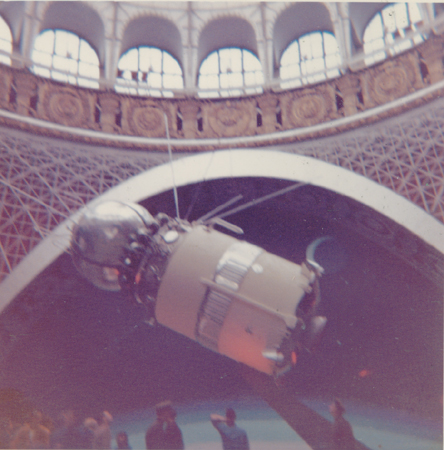
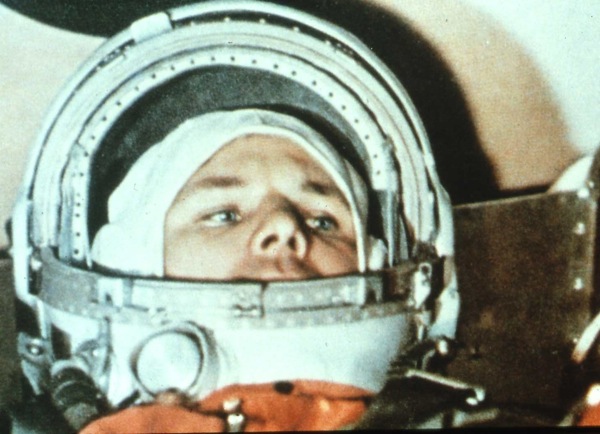 April 12 1961, - the first man in space, Yuri Gagarin had orbited the Earth in Vostok - 1, and became a world hero.
April 12 1961, - the first man in space, Yuri Gagarin had orbited the Earth in Vostok - 1, and became a world hero.
I was working for the Aeroplane and Astronautics at the time as a junior editor, and helped Ken Gatland who used to come in to do the Astronautics articles. I collected all the press cuttings, and he let me keep them when he had finished his article. Found the article which is now here. Still have the cuttings but many of them have been damaged by the action of the cow gum over time. The magazine folded very soon after and later that year started work in the programme co-ordination department of ABC TV. One of my jobs was answering the red phone so I heard about the next Russian space flights this way. Including the first woman in space.
Saw the Vostok in the Exhibition of Economic Achievements when went there for the first time in 1965. On right is the photo taken on that visit.
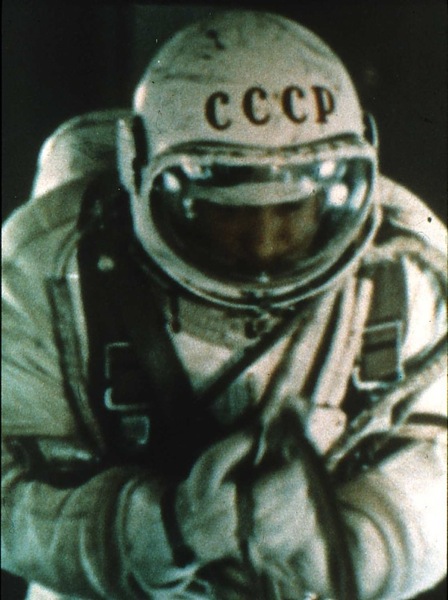
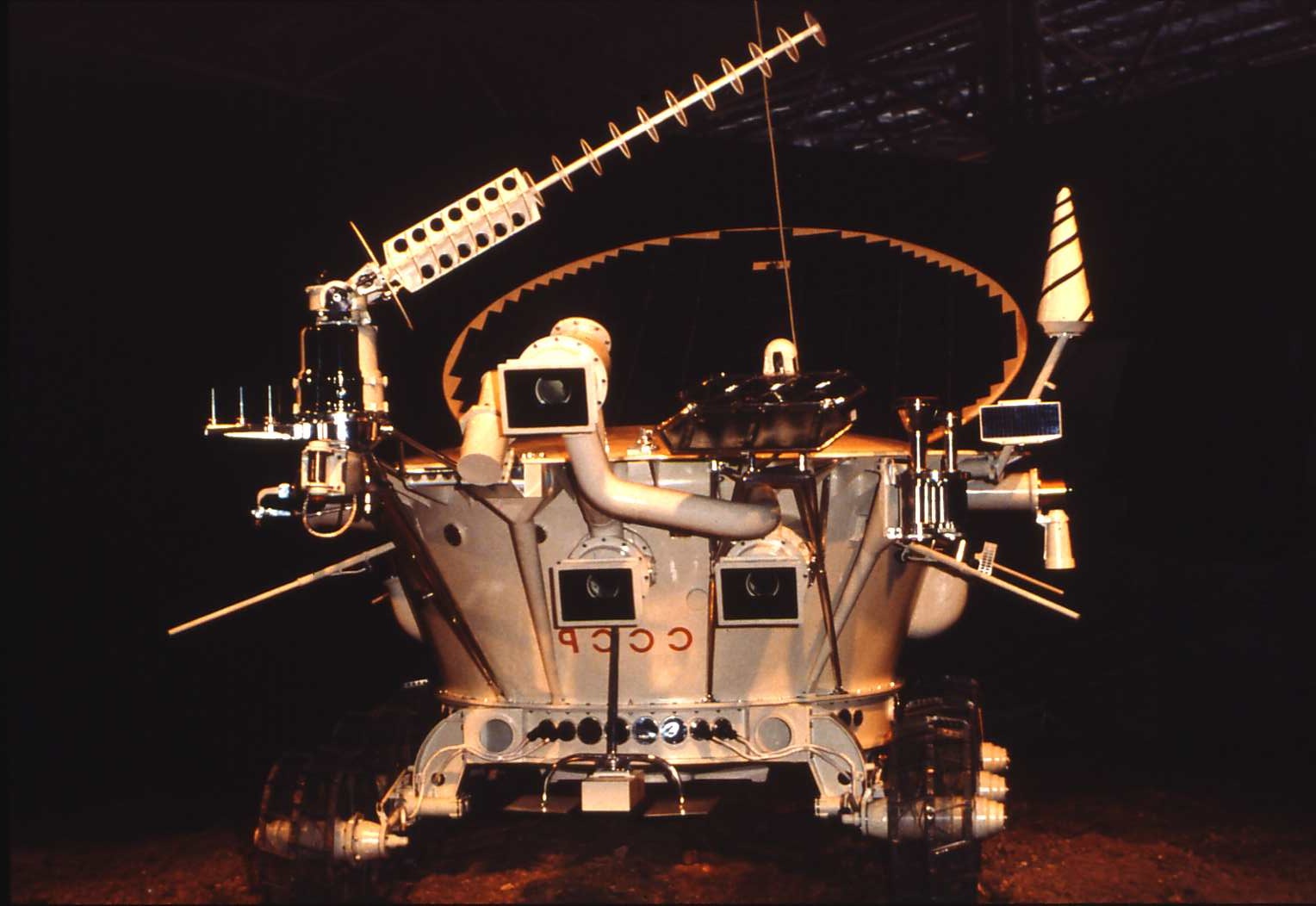
Space stations - which have conveniences such as shower and toilet, meant more women in space.
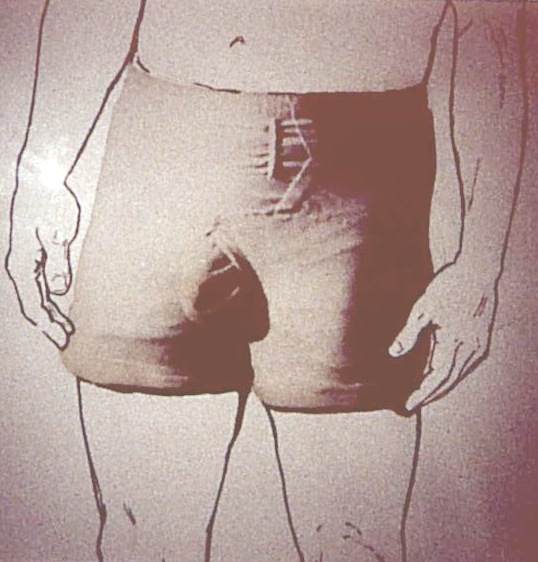 The Apollo astronauts had worn nappies called "fecal retention garments" for their trips to the moon and back.
The Apollo astronauts had worn nappies called "fecal retention garments" for their trips to the moon and back.
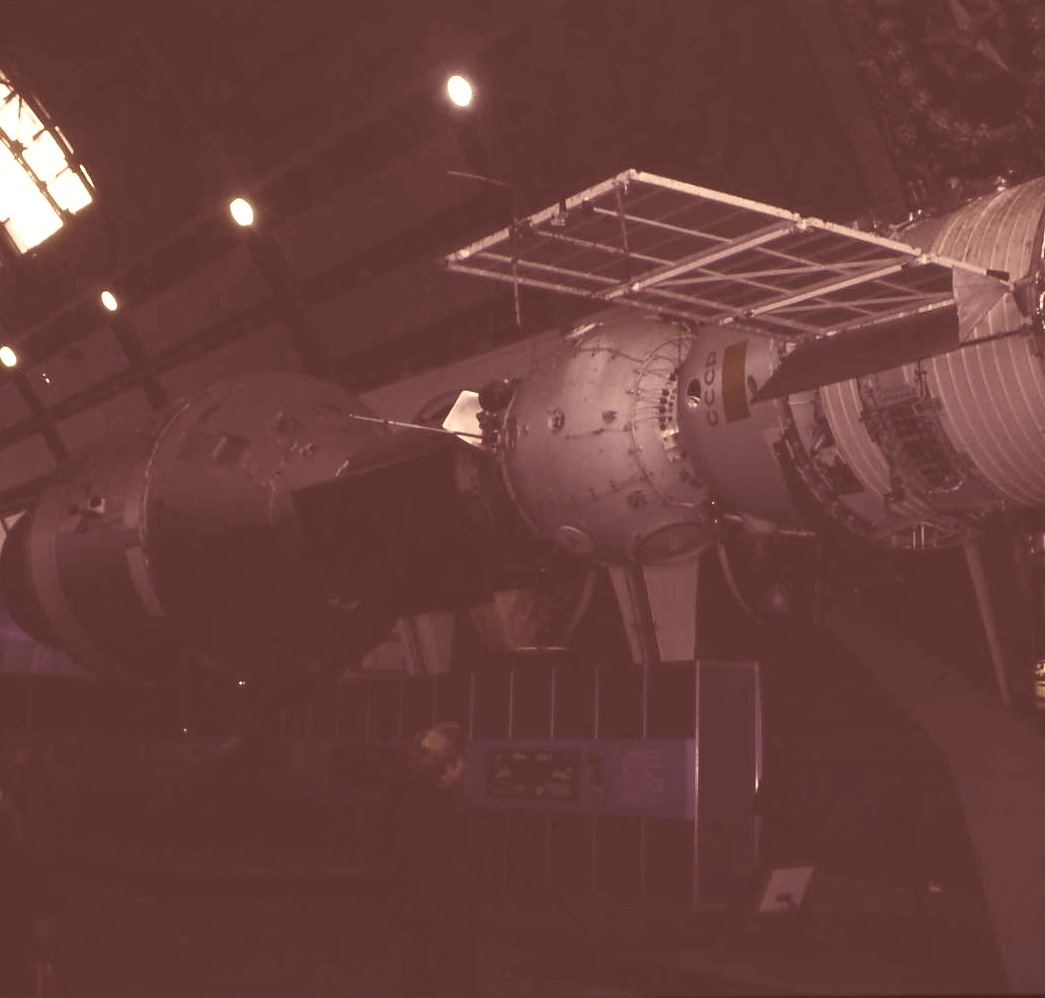
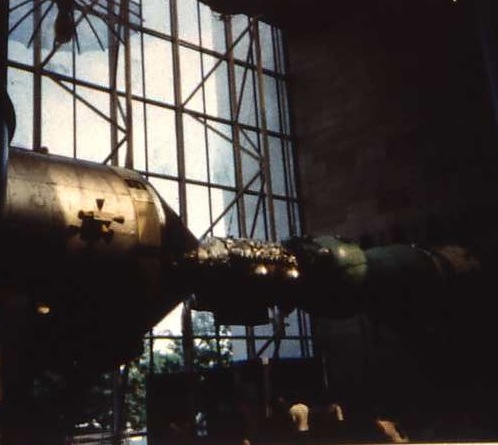 1975, Apollo and Soyuz dock together in historic cooperation not equalled until 1990s.
1975, Apollo and Soyuz dock together in historic cooperation not equalled until 1990s.
Both the Exhibition of Economic Achievements in Moscow and the Nation Space Museum in Washington proudly display copies of this historic link up.
Probes now heading beyond solar system
Both Soyuz and Progress still supply the International Space Station.
Cosmonauts still go to and from the space station by Soyuz and it is still supplied by Progress. These are only used once, so a new one each time, and are dependable. Work is in progress on a larger version of Soyuz that can take more passengers - and include more fare paying tourists. A Russian shuttle was planned in the 1980s but abandoned for lack of funds.
 1986 Mir space station.
1986 Mir space station.
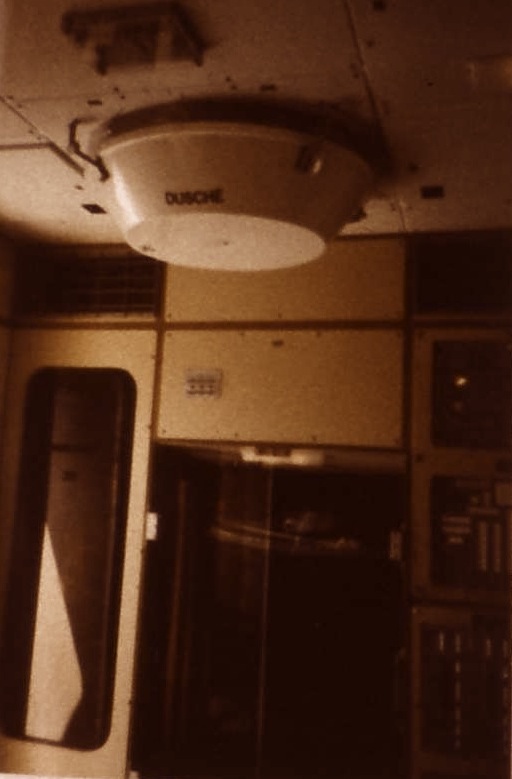 Was to remain in use as the world's only space station until the end of the century although it was supposed to have been replaced after five years. Picture shows some of the essential fixtures.
Was to remain in use as the world's only space station until the end of the century although it was supposed to have been replaced after five years. Picture shows some of the essential fixtures.
1991 First Brit in space, Helen Sharman visits Mir.
Tyuratam (Baikonur) launching site is in Kazakstan and Russia has to rent the site.
Mir 2 planned for 1992, ends up as part of the International space station with Nasa. The unmanned Salyut 7 crashes - a solar flare knocks it out of orbit. Mir's crew arrives by Nasa space shuttle (but now the ISS crew depend on Soyuz).

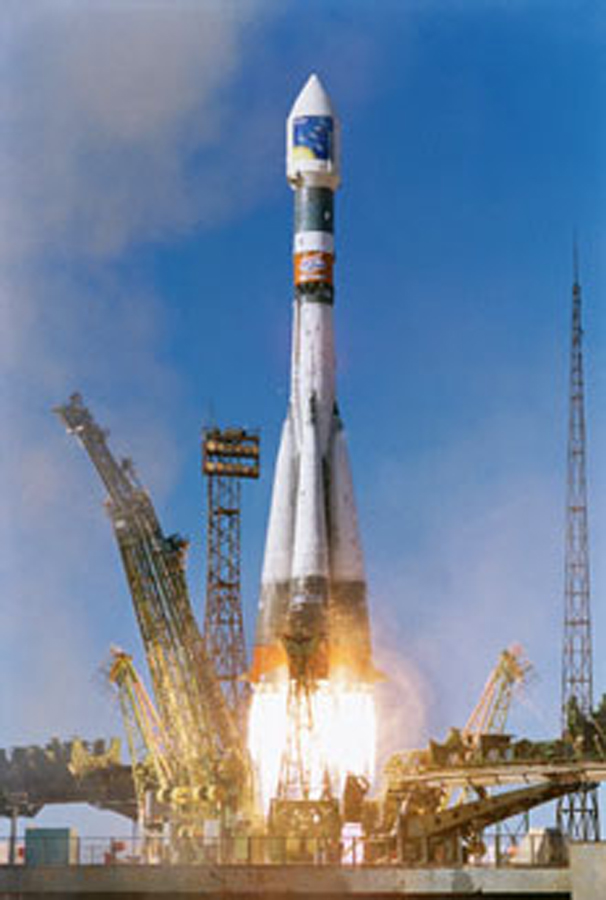
Soyuz taking |
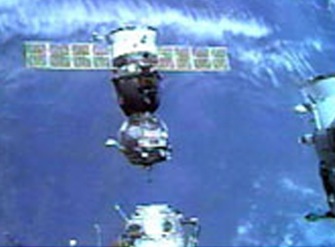
Soyuz docking at |
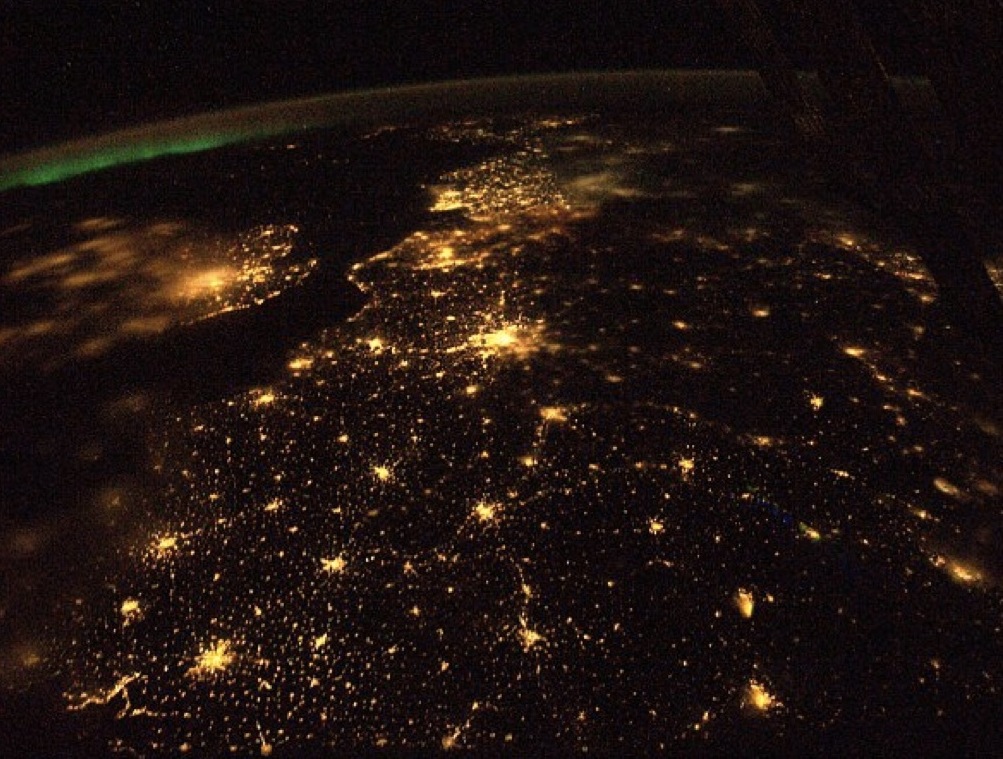
View of Earth |
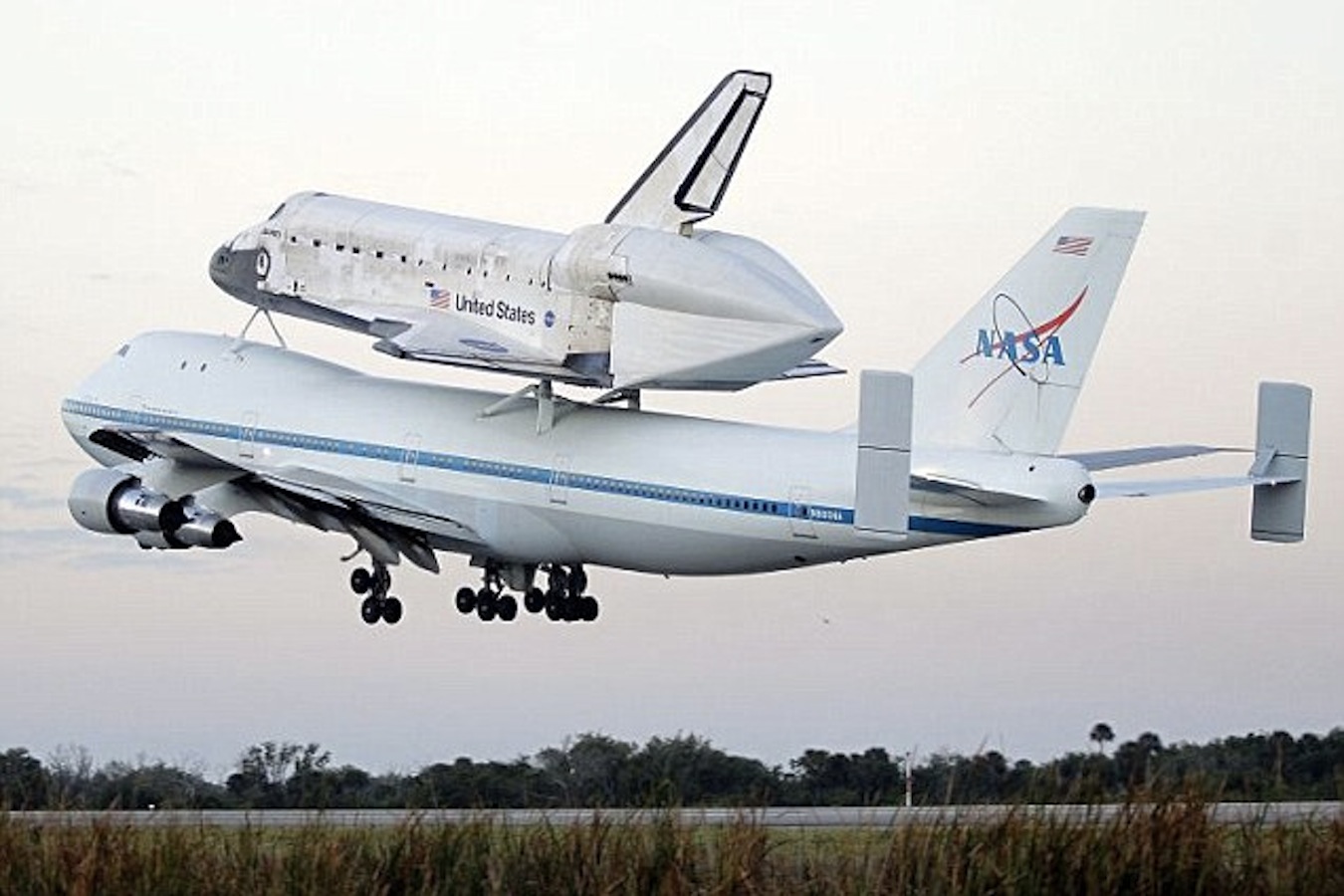 Soyuz, designed in the early 1960s by Sergei Korolyev's OKB-1 design bureau, is still the most reliable method of getting passengers to the space station and home again.
Now run by joint European-Russian organisation Starsem.
Soyuz, designed in the early 1960s by Sergei Korolyev's OKB-1 design bureau, is still the most reliable method of getting passengers to the space station and home again.
Now run by joint European-Russian organisation Starsem.
Progress, used for cargo, lifts off from Baikonur launch pad in Kazakhstan taking supplies for the ISS. (from Russia Today July 24th 2009)
April 17th 2012, the last shuttle (Discovery) is taken to the Smithsonian Space Museum.
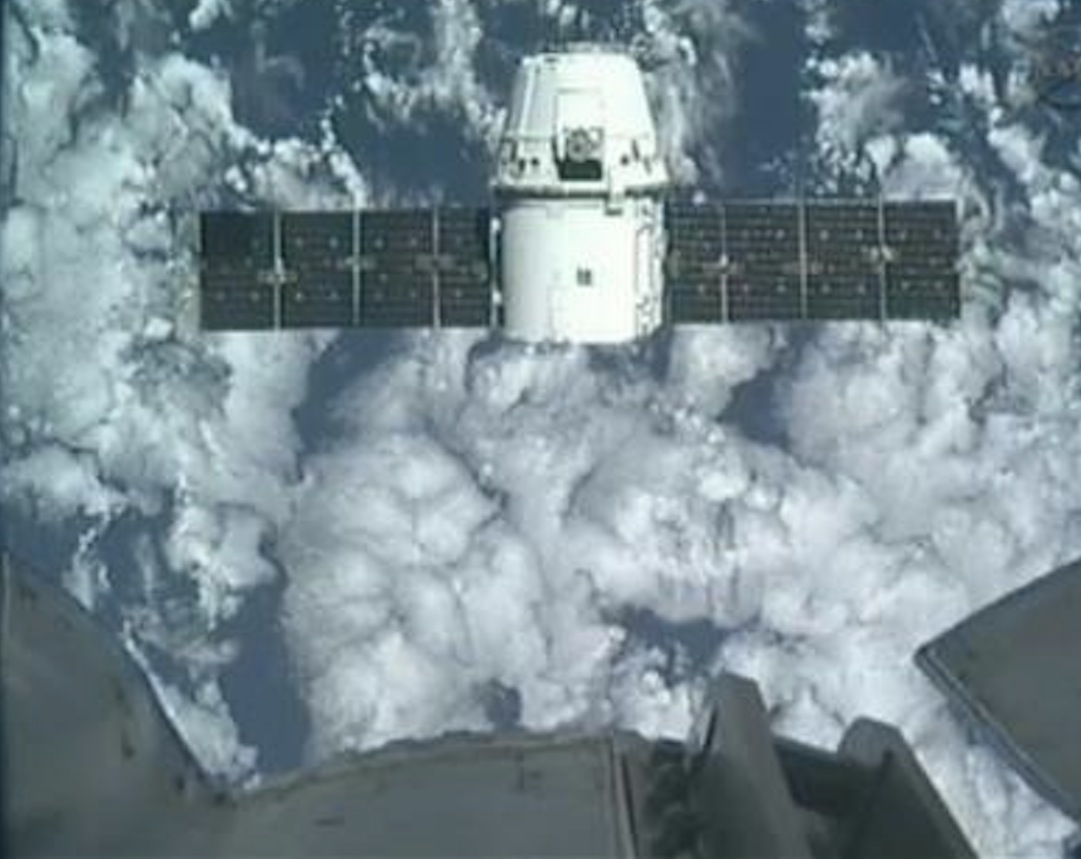
25th May 2012, the first private enterprise supply craft, Dragon, arrives at the space station with cargo. It can also take stuff back to Earth.
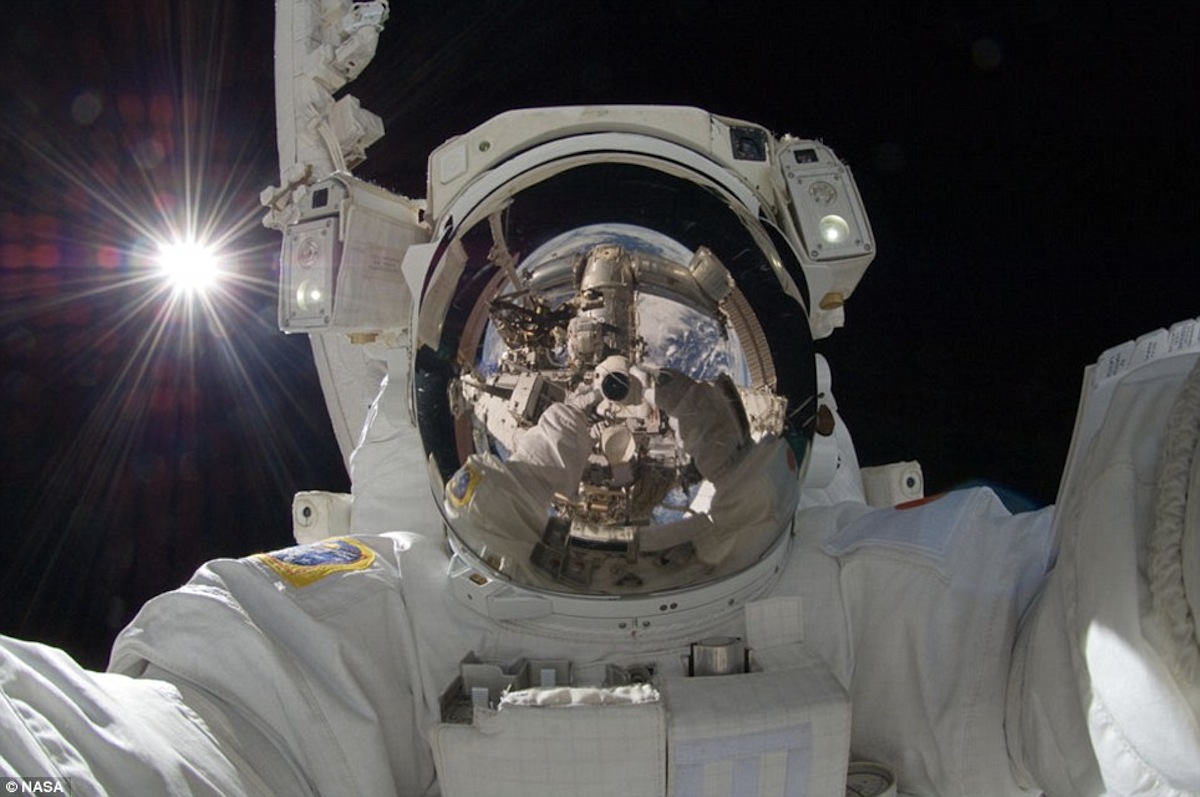
 |